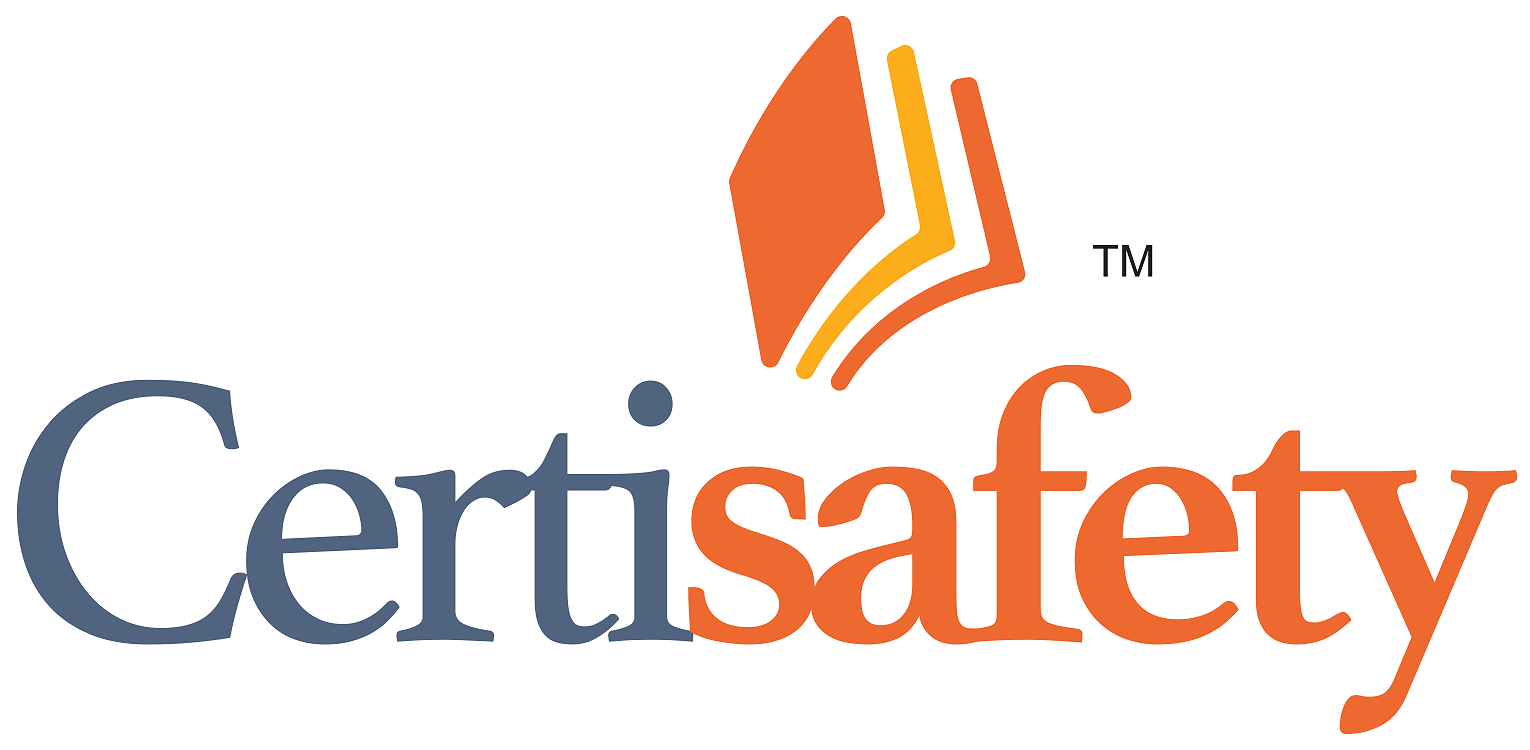

2. Under this principle, any person who conducts work that involves abnormal risk to others is strictly liable for injury or damage that results, even if the work was conducted with care: (Hammer, 19)
3. Under this principle, a person who is aware of a danger and its extent, and knowingly exposes himself, assumes all risks and cannot recover damages even though he is injured through no fault of his own: (Hammer, 19)
4. A wrongful act or failure to exercise due care for which civil legal action may result is called a: (Hammer, 19)
5. Ethics may be thought of as a set of two basic relationships. The first relationship is between ___________ and ___________. The second relationship exists between ________ and _________:
6. Organizational ethics is the application of ethics to organizational ________ and ________:
7. The implied, enforced, or felt obligation of the employer to serve or protect the interests of all internal and external stakeholders describes the ___________ school of ethics:
8. The __________ is a set of written and unwritten rules and assumptions about acceptable or expected interrelationships among various segments of society:
9. Which principle states that in the long run, those who do not use power in a manner society considers responsible will tend to lose it?
10. Benefits of assuming social responsibility include all of the following, except:
Copyright ©2000-2018 Geigle Safety Group, Inc. All rights reserved. Federal copyright prohibits unauthorized reproduction by any means without permission. Students may reproduce materials for personal study. Disclaimer: This material is for training purposes only to inform the reader of occupational safety and health best practices and general compliance requirement and is not a substitute for provisions of the OSH Act of 1970 or any governmental regulatory agency. CertiSafety is a division of Geigle Safety Group, Inc., and is not connected or affiliated with the U.S. Department of Labor (DOL), or the Occupational Safety and Health Administration (OSHA).